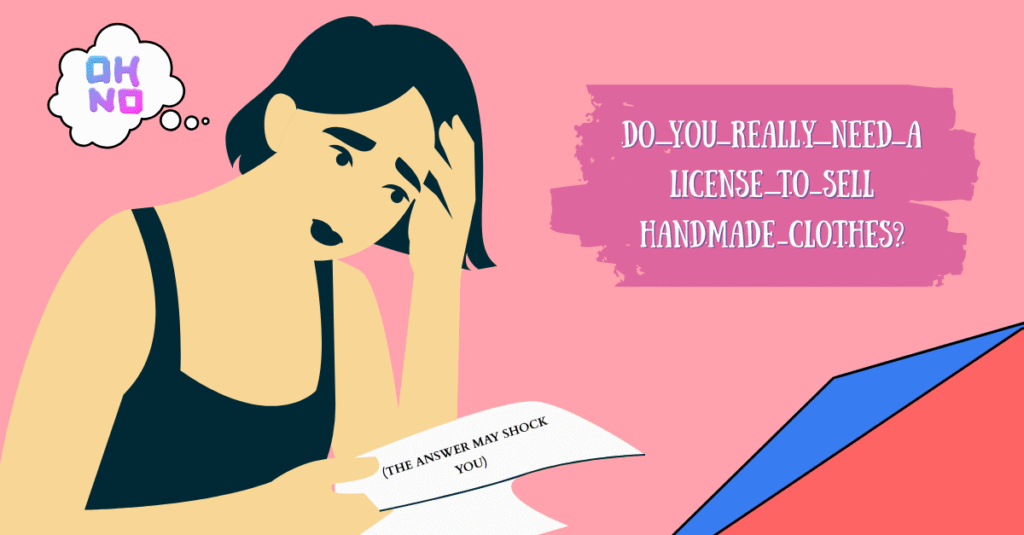How Does Sustainable Fashion Help The Environment?
Sustainable fashion is expanding at a steady pace, accompanied by an increase in consumer awareness. Every step count, and it’s not enough time to get involved in the event! Explore the many ethical trendy alternatives. When you shop for your next purchase make sure you choose high-quality and durable pieces. Learn about How Does Sustainable Fashion Help The Environment?
If you’re not sure where to start then you can always look up your top influencers or the ethical blogs on fashion that offer you only the very best!
How Does Sustainable Fashion Help The Environment?
It’s a difficult issue and there’s not a single brand capable of dealing with all issues, but at present, it’s nine major problems being tackled in the world of fashion:
Water use:
The freshwater demands for agriculture and drinking exceed the amount available. Yes, there is a reason that it’s true that Earth is covered with water, but the majority is salt water that’s not usable or is polluted. In the aftermath, there are some companies taking a look at their supply chains to determine how they can reduce the amount of water they use.
It is not just the main source of water throughout the world and in the fashion industry as well! Water has been utilized for the finishing and dyeing process of our clothing. Creating a T-shirt needs 2,700 liters of water, and cotton in particular is heavily dependent on water. However, they thrive in dry and hot environments in areas where water isn’t available often.
Additionally, organic cotton aids in reducing the amount of water used to 91% in contrast with conventional cotton. The world’s cotton is produced organically because of the cost of non-GM seeds. Additionally, organic cotton often requires additional investment in machinery and equipment, that farmers only use for organic cultivation.
Hazardous chemicals:
Dyes and finishes from the manufacturing process are hazardous for workers, and they are absorbed into water sources. These chemicals might not harm consumers, but they pose an issue for those who are exposed to high levels and living in regions where clothing is made.
Outdoor and fashion brands are now required to come up with novel methods of creating features such as water repellency and wrinkle resistance without using harmful chemicals.
Life-span:
Stores have a constant stream of new styles, and customers constantly changing their clothes. The main goal of environmentally sustainable clothing is the ability to purchase less and wear things for longer. In order to make clothes last longer, there are platforms that allow closet sharing, brands that encourage purchasing used clothes, and simple but durable designs which you are able to wear again and time.
The waste:
On top of a limited life cycle, it is essential to find ways to produce less garbage by making the products usable in the future after they’ve completed their course. One approach is to repair clothing (i.e. patching the holes of Jeans and replacing the worn soles of footwear) Another option can be found in using recycled fabrics in clothing.
Agriculture:
Natural textiles, such as cotton, are typically grown using pesticides and chemical treatments which are detrimental to workers, farmers as well as wildlife living in the region. There are many alternatives for organic cotton, linen, and other fibers which require less water than conventional cultivation methods.
In addition, manufacturers are now looking to be organic throughout the process of production and not just during the process of growing the crop, which is just the initial step.
Reduce carbon footprint:
The global fashion industry releases an enormous amount of greenhouse gas each year and negatively affects climate change. The reason for this is because the majority of our clothing is petroleum-based and is made of fossil fuels too. We are sure you’ll be shocked when you finally check the labels off of your clothing. When it comes to producing materials requires more energy than natural or recycled fibers.
Furthermore, ethical fashion companies employ sustainable materials made of natural or recycled fabrics. They require less chemical processing and use less energy as well as less water or any fertilizers or pesticides to develop. What do you think of that to save the planet?
Saves Animal Life:
If you’re unaware, the industry of fashion is accused of killing animals to make fashion. It is believed that leather is the primary animal product produced by the industry of meat. But, this isn’t always the case. There is a belief that the industry of leather around the globe is responsible for killing more than an obscene amount of animals every year.
Another type of fur is the one that fashion companies kill animals to produce. Even though in recent times consumers have been more aware of the need to avoid the use of genuine fur for clothes, it is still being used by fashion brands as a luxury material.
Globally, sustainable brands have begun to promote the use of cruelty-free alternatives. There’s a substitute for almost every material that is used in fashion. You can find polyester created by utilizing ocean waste bags made from recycled seatbelts and sneakers, made from compostable plant material silk derived from mushrooms bio-fabricated vegetable wool.
Safe working conditions:
It’s true there is a modern slavery problem. From minimum wages, long working hours, and inhumane conditions for health and safety to the ban on unions for workers They are the reality and the reality for the majority of the garment workers working in this fast fashion business. And, of course, physical and verbal abuse continues to be a regular occurrence within this business.
Eco-ethical brands strive to provide humane and compassionate conditions of work, fair wages, and health insurance for their employees. These are generally above average. They usually have an increased interest in making financial and economic possibilities for those who are in need in order to alleviate the effects of poverty.
Healthful for the People & The Planet:
Fashion products are usually subjected to an extensive and intense chemical process before settling in our closets. Around 8,000 synthetic chemicals are employed to dye, bleach, and wet process clothes. Chemicals can cause illnesses or even death for workers and can cause serious congenital disabilities in their children.
When we think about these negative effects of chemicals and other chemicals, we should opt for sustainable clothing, which is better for the earth, and us and also cruelty-free. So this concludes the topic for How Does Sustainable Fashion Help The Environment?

My name is Rohit Vagh and I’m a content writer specializing in fashion and lifestyle. I have three years of experience in this field and have written various articles. My writing style is creative and engaging, and I strive to create content that resonates with my readers. I have a deep passion for fashion and am constantly researching the latest trends and styles to make sure my readers are up to date. I’m excited to continue my career in blogging, and I’m always looking for new opportunities in the fashion and lifestyle space.






You need to be a part of a contest for one of the best blogs on the net. I will highly recommend this blog!
Thank You.